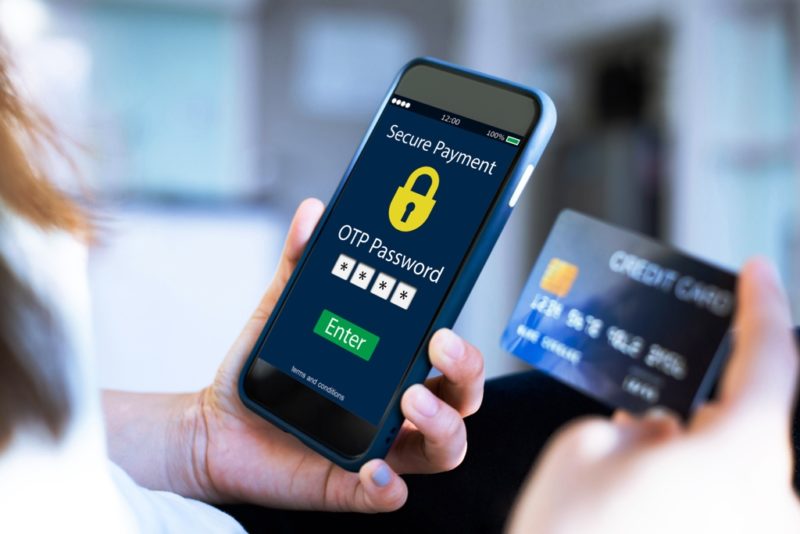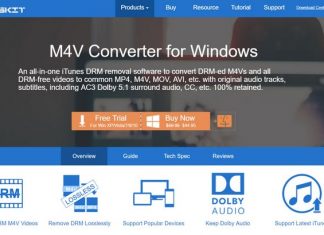Leveraging tech is a good way to grow a flourishing business in today’s digital world. Whether helping your team collaborate better or developing new strategies, using tech is the key to success. It’s believed in investing in technology solutions that make our work better. One example of this is e-signatures.
In today’s world, customers (consumers and businesses alike) and employees expect to conduct transactions digitally. Companies are stepping up their attempts to alter their company to remain competitive in the digital space. Therefore, it’s essential to keep up with the latest trends in e-sign adoption. Here’s a brief guide you can use to utilize this innovation fully.
Importance of E-Sign Adoption
E-signatures are more secure and faster to use than the traditional way of acquiring a signature. Through electronic signature software, you’ll be able to send documents anywhere in the world. The recipient can then type or draw their signature.
Traditional methods of collecting signatures require a great deal of time and money. With e-sign adoption, doing business in an eco-friendly manner saves you time and money. Instead of wasting time and money on paper, companies can benefit significantly by using e-signatures. Not only do they save time, but they also provide better security and validity.
Trends In E-Sign Adoption
Your e-signature system will need to be more technologically advanced to be compliant and future-proof due to these changes. Take a look at some of the most significant changes, emphasizing biometric signatures and improved identity verification. Because more electronic signatures are taking place from afar, it’s essential to be guided on the latest trend in e-sign adoption.
-
Biometric E-Signature
Biometric signatures are very secure and can be used for multiple parties transactions. They help prevent forgery since the signing parties know which parties sign documents online.
Most of the electronic signatures commonly used for authentication are hand-drawn ones, usually drawn using a stylus or a touch screen. Also, they tend to resemble the handwriting process.
In the past, when it came to e-signature transactions, the devices required to perform the hand-drawn signatures were either touchscreen or a stylus device. Most e-signature transactions are conducted on mobile platforms and devices that don’t have a keyboard.
One of the latest features of electronic signature technology lets you sign documents while you’re on the phone. Just type in a text message to confirm that you’re signed and scan a QR code to authenticate your connection.
-
E-Signatures Based on Fingerprints
Fingerprints can also be used as biometric signatures. Fingerprint readers, of course, must be used to unlock the phone’s screen without having to enter a password. On the other hand, the two-dimensional scan used by smartphone fingerprint readers means that they are vulnerable to being hacked using so-called master-key prints (fabricated fingerprints made to match any individual’s fingerprints).
Master-key fingerprints can’t be fooled by advanced fingerprint readers that use three-dimensional scanning. In most cases, it’s not practicable to presume that all signing parties have access to the special equipment required for on-site e-signatures.
-
Identity Verification
Does the product you’re evaluating offers password-based logins, one-time passwords (OTP), or text message access codes? These will let you link the e-signature to the right person and prevent repudiation. OTP stands for One Time Password and is a one-time use secure PIN code provided to you via SMS or email.
To ensure the accuracy of user registration and renewal information, Smart-ID utilizes one-time passwords (OTPs). If you don’t get and confirm the OTP code, you won’t be allowed to register an account.
Be sure to include the correct country code for your phone number. Also, you should use your primary email account, which you will keep even if you change jobs, relocate abroad, or change your surname, to avoid sending emails with misspelled words.
-
Audit Trail
Signed documents’ timestamps are recorded in an electronic audit trail, including the signatures of the signer(s). An audit log, also known as a certificate of completion, is a document that allows your company to track down the original signer of each signature.
It’s a vital part of keeping electronic signatures authentic. All your workflows must have these trails in place. Doing so will allow you to identify the signature authenticity quickly. Some providers allow only the sender to access the trail data. In contrast, others may enable the recipient to create a separate document for the data.
Ensure that the product you select lets you include the necessary audit trails in the e-signed document. This feature will allow you to save the records from being used even if you cancel them in the future.
Takeaway
It’s been made more accessible and convenient with the introduction of electronic signatures. Not only can using an electronic signature make signing documents online faster, more convenient, and cheaper, but it also helps the environment. The aforementioned methods show that there are various ways to get e-signatures – it’s only a matter of choosing which one fits your needs.















